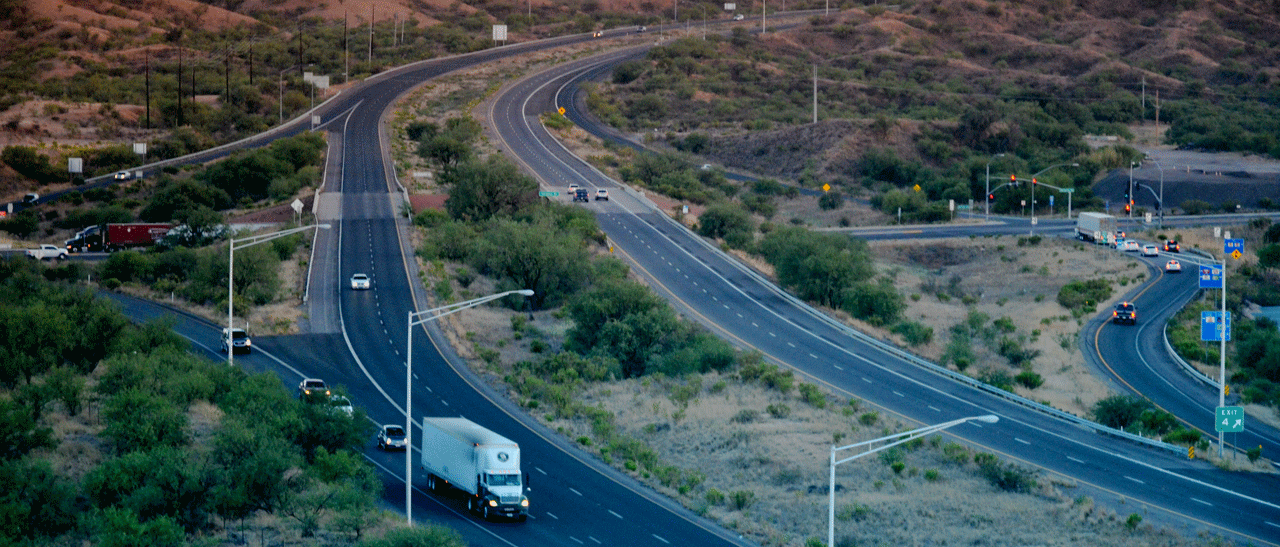
Benefits
A Thriving Manufacturing Ecosystem
Businesses that locate in Nogales and Santa Cruz County can take advantage of the unique shift in trade that is taking place today between Mexico and the United States. Mexico is again becoming competitive with other global manufacturing regions based on wage levels, cost of labor, better control of IP and proximity.The benefits offered by participation in the Foreign Trade Zone program through FTZ 60 become more and more relevant and useful as the thriving Ambos Nogales manufacturing belt on the border between Mexico and the United States continues to grow. FTZ 60’s “alternative footprint” allows for the location of foreign trade zone sites across the entire County, for an initial capacity of up to 2,000 acres of activated FTZ. Should a prospective operator so desire, applications can be made to the FTZ board to increase that capacity. FTZ sites offer benefits in the payment of duties and manipulation, labeling, sorting and combination of inventory that can significantly decrease expenses for certain operations.Nogales-Santa Cruz County Economic Development Foundation (“EDF”) is the grantee for FTZ 60. FTZ 60 currently has two active operators and a third that is expected to activate in the near future.
Tariff Advantages and Reduced Paperwork
Qualified businesses operating in FTZ 60 enjoy increased flexibility and trade benefits. Tariff payment advantages, expedited international trade, and reduced paperwork help companies to increase global competitiveness.
A Powerful Mechanism for Reduction of Inventory Cost at the Border
Companies participating in Nogales, Arizona’s FTZ 60 can take advantage of the Ambos Nogales manufacturing hub, which allows U.S. manufacturers to bring items into the United States for processing. This is an especially powerful mechanism for reduction of cost for inventory sitting in a warehouse in FTZ 60. Delayed payment of duty is very useful to companies because duty rates are a significant part of a company’s inventory costs. U.S. companies spend $4 billion a year on inventory interest, $8 billion on taxes, obsolescence, depreciation and insurance, and $2 billion on warehousing. (Papadopoulou, MIT). Firms can bring goods into FTZ 60 and store them for subsequent sale in the United States without becoming subject to duty payments until they enter U.S. markets. Certain goods may even be exempt from state and local inventory taxes during the period of storage. In addition, duty elimination applies on irrecoverable yield loss or merchandise that is scrapped or destroyed in the FTZ. FTZs can now be used to reduce Merchandise Processing Fee (MPF) as well as duty. When finished goods return to Nogales, AZ, there is no Merchandise Processing Fee (MPF) coming in and no MPF fees going out or coming back with finished goods. The Trade and Development Act of 2000 provides a benefit for importers that utilize foreign trade zones. This law allows importers to use FTZs to consolidate shipments into a weekly customs entry. For importers that have several shipments every week, this can reduce MPF costs significantly.Beyond the clear financial benefits of shipping duty-free or delaying duty payments, FTZs also provide U.S. firms a strategic means to deal with quota restrictions.
Flexible Locations in FTZ 60
Today, FTZ 60’s “alternative footprint” allows companies to choose from a variety of locations within the Santa Cruz County FTZ 60’s 2,000-acre activation area. No longer limited to a single geographical area, companies have flexible, agile options for operating anywhere within Santa Cruz County, Arizona.
Reduction in Labor Costs
The strategic location of Nogales allows companies on both sides of the border to enjoy the benefits of lower operating, labor, transportation and distribution costs. Santa Cruz County offers unique business advantages and flexibility. According to NogalesAZ.gov, wages in Mexico are about $3 an hour, and in Nogales, Arizona, one of the lowest cost of living cities in Arizona, the entry level manufacturing wage is about $8 an hour. This ranking is significantly lower than the $30 fully loaded in the US. Reduction in labor costs can often make manufacturing in Mexico an attractive option to manufacturing companies.Average manufacturing costs in Mexico are now almost 20 percent lower than in China. (Stratfor, 2015). Hourly wages in Mexico in dollar terms are now 40 per cent lower than in China. The figure represents a stunning turnaround from just 12 years ago, when labor costs in Mexico were roughly 183 percent higher than China’s, according to BoAML (Bank of America Merrill Lynch).Find out more about the Foreign trade Zone program and FTZ-060 in particular, from the U.S. Foreign-Trade Zones Board.
Nogales-Santa Cruz County Economic Development Foundation
Grantee of Foreign Trade Zone
825 N. Grand Avenue Suite 200
Nogales, AZ 85621
nogales.edf@gmail.com
520-287-3671
